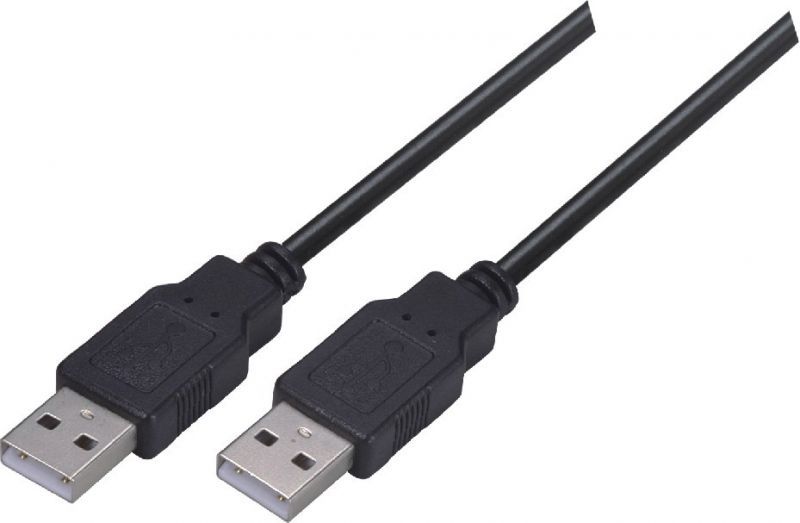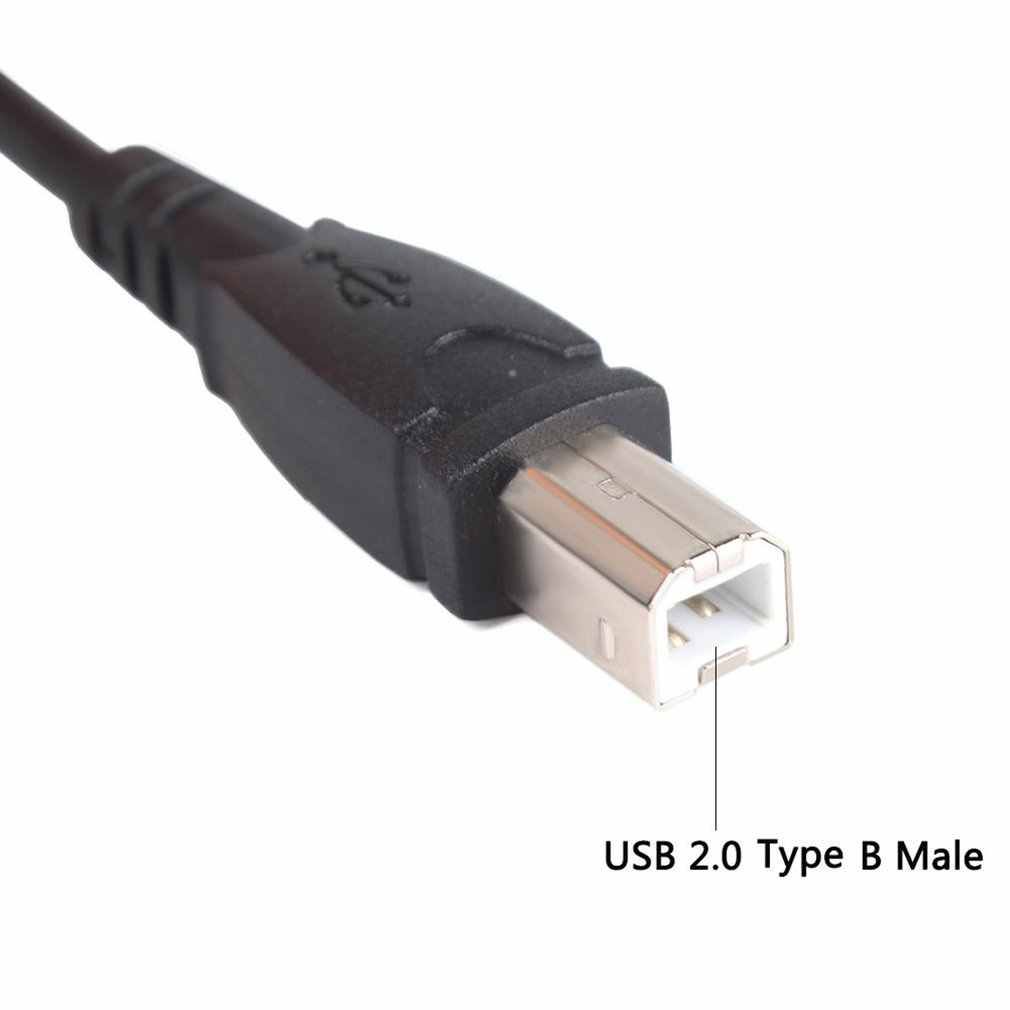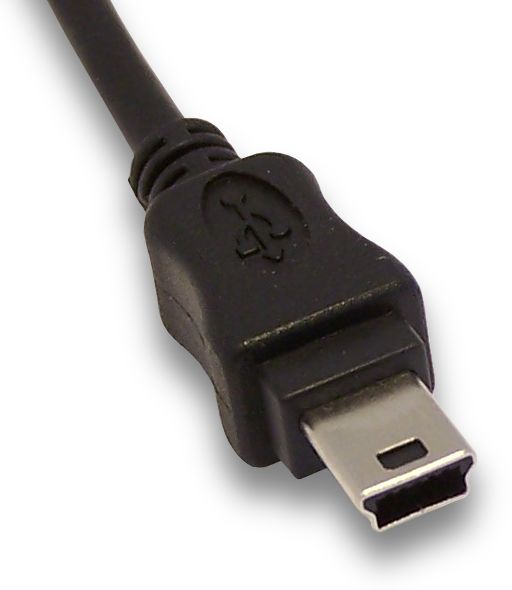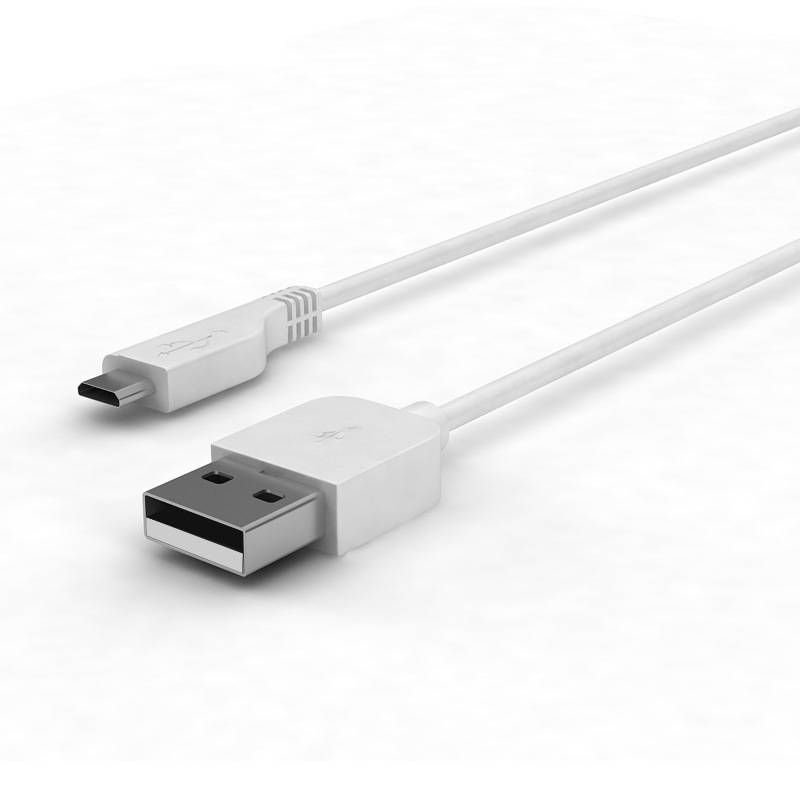USB cables come in various forms. We take a look at all the different types of USB cables available and their uses.

USB (Universal Serial Bus) cables are everywhere. If you’ve ever needed to charge anything, from smartphones to tablets, to cameras and even new laptops, you’ve likely needed to use one. However, USB cables come in different shapes and sizes despite the fact a lot of them do the same things. In this short and handy guide, we’ll take a look at all the different types of USB cables available on the market and give you some examples where you might find them in use.

USB Type-A connectors are extremely common and will likely be at one end of a lot of USB cables nowadays. You can connect various devices such as smartphones, cameras, keyboards, and more to computers to transfer data, or plug into wall chargers to charge these gadgets with a Type-A port.

These cables are not quite as common and versatile as the others on this list. USB Type-B connectors are primarily for connecting printers and scanners to computers. They have a square shape with beveled exterior corners on the top ends. You might still find a USB Type-B port on some devices, but it’s becoming quite rare.

This was the standard for various devices a while back but was quickly replaced by the micro-USB connector mentioned below. You’ll find it on older models of various gadgets especially cameras, MP3 players, and game controllers, among others. As its name suggests, it’s smaller than a regular USB, but larger when compared to its successor.

The micro-USB connector is very small and it let manufacturers produce slimmer devices. Micro-USB was widely adopted but is quickly being left behind. That said, some ultra-affordable smartphones even now come with micro-USB ports. You might find micro-USB ports on certain accessories like Bluetooth speakers, wireless earphones, smartwatch charging stands, and more as well.

USB-C, previously known as USB Type-C, is the latest king of the hill. You will find it on most new devices, and it offers faster data transfer rates than previous USB versions. The biggest advantage of USB-C is that it’s reversible and can be plugged in either up or down. It has become the new standard for mobile devices. Universal adoption is still a little ways away, but it’s never been closer than with USB-C.
So, there you have it. These are the many types of USB cables that are in use today. A lot of them have fallen by the wayside, while others have quickly become the new standard for smartphones and other mobile devices.
By continuing to use the site you agree to our privacy policy Terms and Conditions.